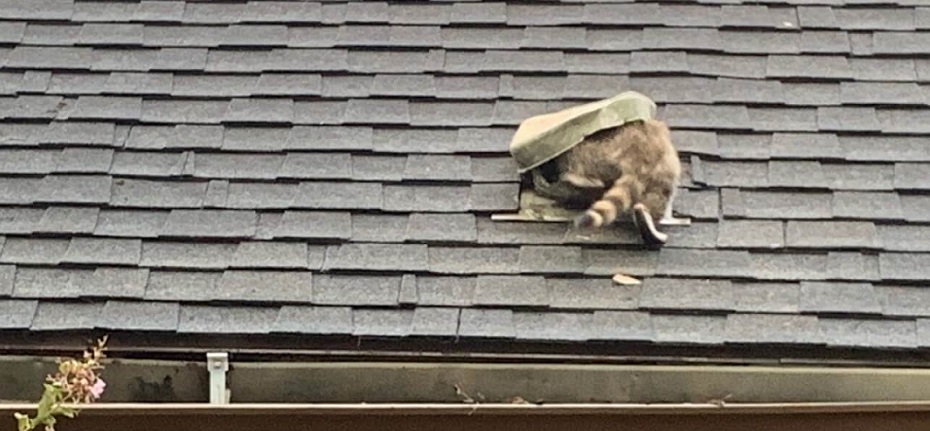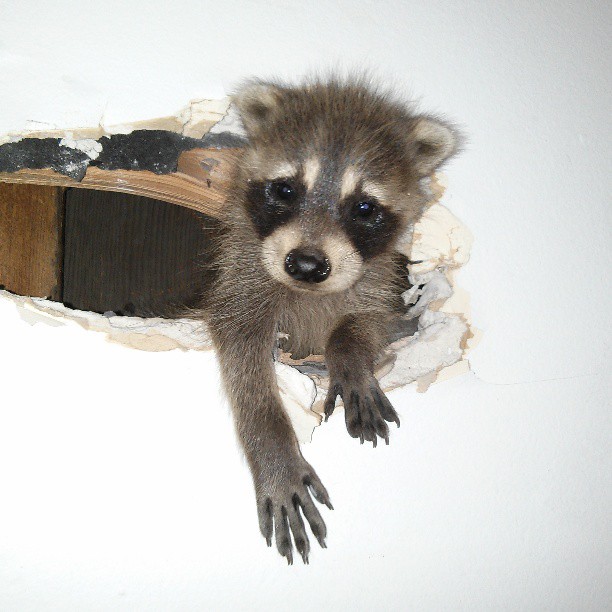Marmots are a growing nuisance in Vancouver, British Columbia. Urbanization and development have led to a loss of natural habitats, and roads and highways have fragmented their population and territory. As a result, marmots have adapted to living amongst people by taking advantage of the shelter and food sources we produce, which has contributed to the problem.
Marmots are one of several burrowing animals that are attracted to our yards. Unless you know the signs, it could be hard to identify what nuisance animal is ruining your landscape and eating all your flowers and garden vegetables. Knowing the signs to look out for in your Vancouver yard is the first step toward getting rid of marmots and the costly damage they can cause.
Identification of Vancouver Marmots
Vancouver is home to four species of marmots. The Vancouver Island marmot, which is only found on Vancouver Island, was close to extinction but is making a comeback due to the efforts of environmentalists. The hoary marmot likes to live in high elevations. The yellow-bellied marmot and woodchucks are the two remaining species that have become a nuisance to homeowners and farmers.
Marmots are large rodents in the squirrel family. They can grow to the size of a cat. With stocky bodies, large front teeth, and strong, curved claws perfect for digging, they are well-adapted to living relatively safely in the extensive burrows they create.
Marmots are diurnal, so they are active during the day. Quite social, they will live in small colonies, and often, one can be seen near the burrow entrance as a lookout for predators. Marmots hibernate in winter, emerging in spring to mate and go on an eating frenzy so they can live off their fat during their next hibernation.
One tell-tale sign that the critter you are seeing is a marmot is their distinct whistling calls. This type of vocalization is used to sound danger and convey information about food, territory, or social interactions.
Because their natural habitat is a field, they are attracted to the well-groomed lawns of Vancouver homeowners. The wide-open space allows them to watch for predators.
Signs of a Marmot Infestation
- Marmot Sighting: This is the most obvious sign. If you see a large brown furry animal with a yellow belly, small round ears, and short legs, chances are it’s a marmot.
- Burrows: Look for openings in the ground that lead to a burrow. These will most likely be in grassy or rocky areas.
- Vegetation Damage: Marmots are voracious eaters. They will not nibble at your garden as a bunny does. They will devour the entire plant, leaving you with nubs.
- Marmot Droppings: Marmot scat is cylindrical and much like other rodent scat, except larger. Look for marmot scat near the opening of their burrow or around the area where they feed.
- Whistling: Listen for their high-pitched whistling as they communicate with the others in the colony.
Risks and Dangers of Marmot Infestation
Like other rodents, a marmot infestation can be harmful to property and people.
- Aesthetics: Their burrowing can cause serious damage to the look and value of your lawn. And they will ruin costly landscaping by eating flowers and other vegetation in the yard.
- Structural Damage: As marmots burrow under your foundation, porch, and sheds, it undermines the stability of these structures.
- Health: Marmots carry parasites such as fleas and ticks that can be transmitted to people and pets.
- Injury: Children and pets playing in the yard can step into and trip over a burrow opening or the hollowness of the tunnels in the grass. In addition, marmots can become aggressive, biting and scratching when they feel threatened.
Taking Action: Steps to Deal with Marmot Infestation
Marmots are a protected species under the BC Wildlife Act and cannot be harmed. Although the trapping and relocation of yellow-bellied marmots without a permit is allowed if they are damaging property, it is often not in the humane interest of the animal.
Steps to dealing with an infestation include:
- Using non-lethal deterrents in scents they dislike, such as lavender.
- Installing motion-activated lights.
- Sealing trash cans.
- Bringing pet food indoors.
Marmots are persistent creatures that may be difficult to scare off. Consider calling a professional wildlife control company to rid your property of marmots.
DIY vs. Professional Pest Control
DIY efforts are worth the try, but there are many benefits to calling in professional help. In addition to preserving your health and safety, as well as your family and pets’, professionals offer additional services that will help you maintain a pest-free environment.
Critter Control has the expertise and experience to employ humane yet effective removal methods tailored to your unique situation. We are highly trained specialists with decades of experience in nuisance animal removal and are fully knowledgeable of local ordinances. We also provide the added benefits of exclusion and repair services.
Prevention Is Key
Once you know that marmots have become a nuisance in Vancouver, British Columbia, there are steps homeowners can take to lessen the chances of having marmots choose your property in which to make their home.
These include:
- Installing a heavy mesh fence that is three feet high and continues one foot underground with a 90-degree outward angle if you have valuable plantings.
- Planting a garden of clover or greens away from your flower and vegetable beds that the marmots can devour. It will distract them from the fenced-in beds maintained for you and your family.
- Sealing vulnerable gaps and cracks in foundations, sheds, and under decks.
- Keeping outdoor areas free of debris. Overgrown areas serve as cover for marmots so they can move about without the worry of predators. Secure trash cans and eliminate pet and bird food from your yard.
- Inspecting your yard and perimeter for infestations and vulnerabilities regularly.
Say Goodbye to Marmot Damage in Vancouver, British Columbia
More and more residents of Vancouver, British Columbia, are experiencing marmot infestations. If you’re noticing animal holes on your property, loss of vegetation, and whistling sounds, you’re likely being affected too.
Take prompt action. These critters will not leave on their own, and the ongoing damage they create can become costly. Call Critter Control today for a free inspection at (833) 965-2881. Critter Control will develop a plan for removal, exclusion, and repair designed for your specific circumstances.

